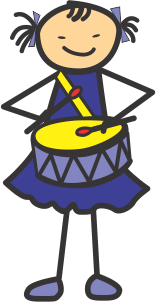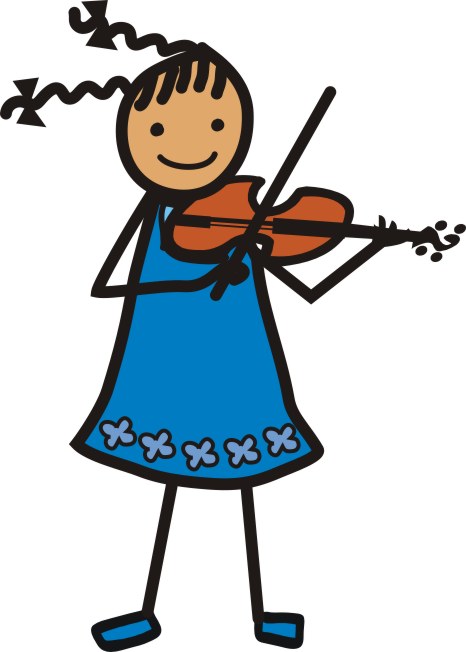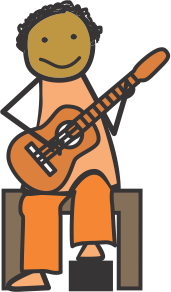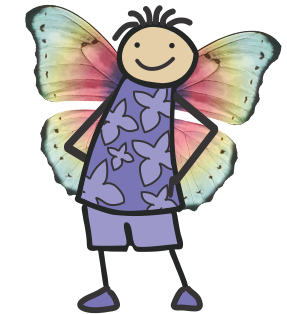Unit 1 Games
1. DS – Dictation and Sight-Singing 2. AI – Alphabet and Intervals 3. RR – Reading Rhythms 4. RM – Rhythm Math 5. SN – Staff and Notes
6. T – Tempos 7. MS – Music Symbols 8. SK – Scales and Key Signatures 9. TC – Triads and Chords 10. MU – MUSOPOLY - for young students
All Unit 1 Games are available on our site
Teacher Members: Individually access the 100 games
1. DS – Dictation and Sight-Singing
- Develop listening skills to recognize different intervals through singing
- Sing using solfege and Curwen hand signs
- Sing intervals, triads, and scales
- Sing with a steady beat
- Write melodic patterns on the grand staff using steps and skips
- Play melodic patterns on the rainbow xylophone using steps and skips
DS-1 "Daily Do" Major Section
DS-2 "Daily Do" with Do Re Mi Cards
DS-3 "Daily Do" Adding the Minor Section
DS-4 "Daily Do" with Do Re Mi Cards – Circle
DS-5 Head and Tail
DS-6 "Daily Do" with Paper Pianos
DS-7 Do Re Mi Cards Echos
DS-8 Melodic Bingo Copy Game
DS-9 Hide and Sing
DS-10 Who's Playing First?
DS-11 Staff Slates Echos
DS-12 "Daily Do" – Variations 1
DS-13 Melodic Bingo – Side 1
2. AI – Alphabet and Intervals
- Learn the letters A B C D E F G
- Learn the musical alphabet in seconds using cards
- Learn left-to-right sequence
- Learn the musical alphabet forwards and backwards
- Learn the musical alphabet in a vertical direction like the staff
- Learn to use the concept of a wrap-around between G and A
- Introduce and reinforce sequence into the students’ thought process
AI-1 Learning Letters
AI-2 Is it a Match? – Alphabet
AI-3 Fat Snake
AI-4 Fix the Order
AI-5 What's Missing?
AI-6 Pick a Card
AI-7 Fine – Seconds
AI-8 Who's Playing First?
AI-9 Fine – Seconds Variations
AI-10 Snake – Seconds
AI-11 Snake Variations – Seconds
AI-12 Before and After
AI-13 Slow – Seconds
AI-14 Scrabble – Seconds
3. RR – Reading Rhythms
- Introduce the concept of rhythm without bar lines
- Reinforce reading left to right
- Keep a steady beat when reading rhythms
- Interpret the shapes of notes and rests using Blue Jello hand signs
- Think, feel, and see rhythm as note groups like words
- Count and identify beats in a rhythmic pattern
- Relate Blue Jello rhythm symbols to actual notes and rests
- Use the mathematical relationship of the various notes and rests
- Develop the ability to take rhythmic dictation
- Read and perform rhythmic patterns by clapping or with instruments
RR-1 Blue Jello Cards Set 1 (Getting Started)
RR-2 Hello Jello – Good-bye Jello
RR-3 Blue Jello Cards Set 1 (Continuing)
RR-4 Notes and Rests Hunt
RR-5 Copy the Cards
RR-6 Find the Jellos
RR-7 Pass the Beat – 1
RR-8 Blue Jello Dominos
RR-9 Count the Beats
RR-10 What Can You Find? – Rhythms
RR-11 Rhythm Bingo – Side 1
RR-12 Blue Bar Lines
RR-13 Switching Rhythms
RR-14 Group Rhythm Bingo – Side 1
RR-15 Rhythms Across
RR-16 I Can Write It
4. RM – Rhythm Math
- Recognize the visual differences between the various notes and rests
- Learn the five basic notes and rests
- Learn which notes and rests are equivalent
- Learn the sequence of note and rest pairs
- Identify dotted notes and study the concept of the dot
- Master the concept of wrap-around between whole and sixteenth values
- Reinforce the concepts learned with the blue jello cards
- Introduce the subdivision of the quarter note beat with real rhythm cards and magic notes
RM-1 Is it a Match? – Notes and Rests
RM-2 Danish Zoo Match – Notes and Rests
RM-3 Madrid Match – Notes and Rests
RM-4 Puzzle Notes and Rests
RM-5 Chance Match – Puzzle Notes
RM-6 Fine – 5 Notes and 5 Rests
RM-7 Chance Match – Notes and Rests
RM-8 Stacked Snake
RM-9 Tokyo Draw
RM-10 Fine – 8 Notes and 5 Rests
RM-11 War – Notes and Rests
RM-12 Who's Playing First?
RM-13 Suspense – Notes and Rests
RM-14 Five Hiding – Notes and Rests
RM-15 Snake Variations – Notes and Rests
- a. Notes and Rests Snake
- b. Snake Body Order
RM-16 Danish Zoo – Notes and Rests
RM-17 Slow – Notes and Rests
RM-18 Win a Note or Rest
5. SN – Staff and Notes
- Learn the grand staff and single staves
- Learn clefs (treble, bass, alto, and tenor) as "fancy letters" and as moveable and fixed clefs
- Learn that notes are written on lines, spaces, and ledger lines
- Learn how the clefs point to the line notes G, F, and C
- Learn the symmetrical Five C’s on the grand staff and keyboard in treble and bass staffs
- Relate the C’s to the piano and/or student’s instrument
- Learn the concept of intervals
- Become quick at recognizing and finding the Five C’s
- Learn the Grand Nine notes. All grand staff notes are either a 2nd or 3rd from these notes
- Learn the open strings on the staff and how they both relate to instruments
SN-1 "I'm a Note" Lines and Spaces
SN-2 Raindrops – Lines and Spaces
SN-3 "Hello Grand Staff"
SN-4 Tracing Clefs – GGG and FFF
SN-5 "I'm a Note" Clef Notes G and F
SN-6 Mickey Ears
SN-7 Step Up, Step Down
SN-8 Tracing Clefs – Alto and Tenor Clefs
SN-9 Eye Spy – Clef Notes G, F, and C
SN-10 These Five C's / 10a. Play or Pass – 5 C's
SN-11 "I'm a Note" – Five C's, G, and F
SN-12 Trade the C's
SN-13 Grand Staff Cards C's
SN-14 Madrid Match – Five C's
SN-15 Slap the C's
SN-16 We're the Grand Nine
SN-17 Raindrops – Grand Nine
Instrument-Specific Games
S-1 Open Strings
S-2 Tap Tap Pluck Pluck
P-1 Chance Match – Piano Grand Nine
6. T – Tempos
Students hear, play, and sing various tempos and learn some tempo names.
7. MS – Music Symbols
- Learn the meanings of signs, symbols, and terms in the music symbol cards set 1
- Interpret the cards' meanings in musical scores
- Review music symbols that students have already learned
MS-1 Body Dynamics
MS-2 Symmetrical Dynamics
MS-3 Dynamics You Can Hear
MS-4 Pick a Card – Dynamics
MS-5 Snake – Dynamics
MS-6 Learning the Others
MS-7 What Can You Find? – Symbols
MS-8 Music Symbol Bingo
MS-9 Keep or Pass – Music Symbol Cards Set 1
MS-10 Orange Pairs
MS-11 Orange War
MS-12 Orange Opposites
MS-13 Snake – Symbols
8. SK – Scales and Key Signatures
- Learn the sequence of black keys on the piano
- Learn the names of the keys on the piano
- Learn the two types of seconds: half and whole steps (semi-tone and tone)
- Relate musical tones to the sequence of keys on the keyboard
- Learn the natural half steps EF and BC
- Learn the sequence of seconds in the major scale
SK-1 Wiggling Black Keys
SK-2 Whole and Half Steps
SK-3 "The Itsy Bitsy Spider"
SK-4 Natural Half Steps EF and BC (mi fa and ti do)
SK-5 Ho Ho Laugh – C Major Scale
9. TC – Triads and Chords
Students hear, play, and sing various triads and learn some triad names.









